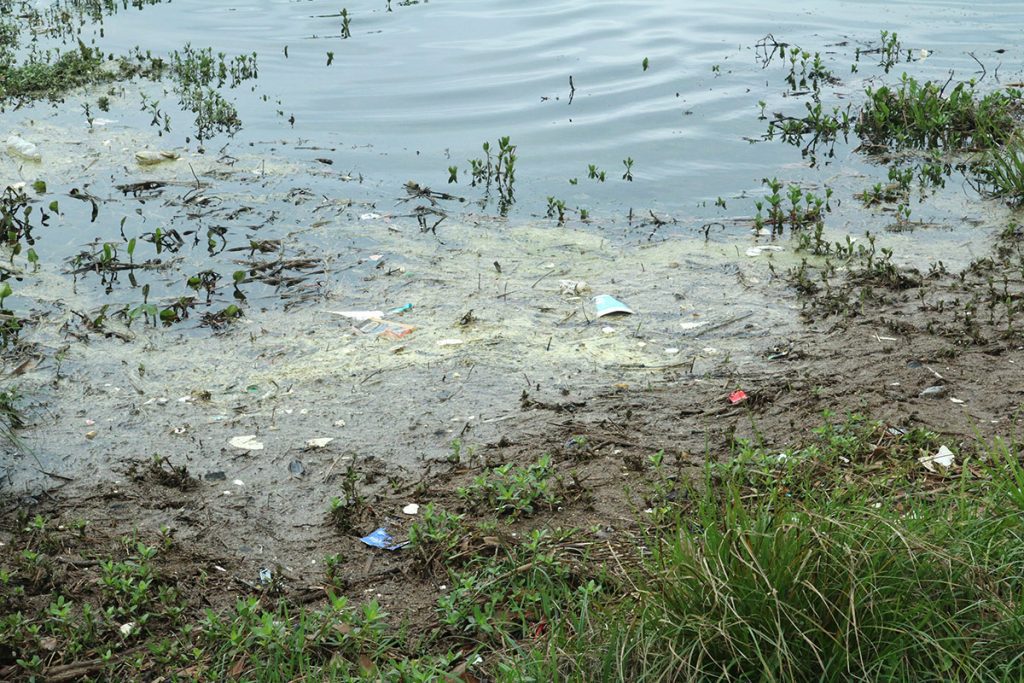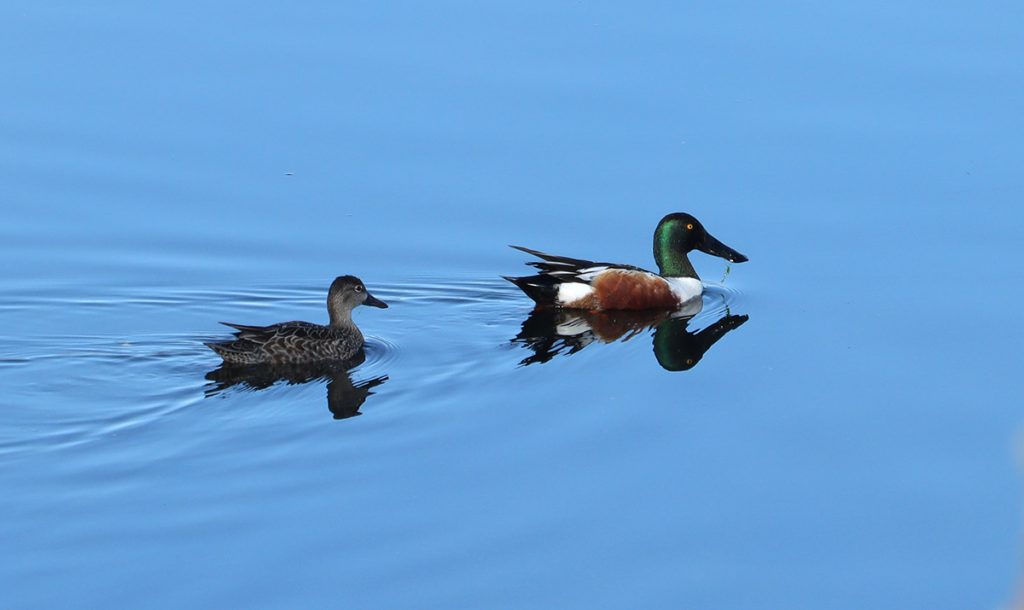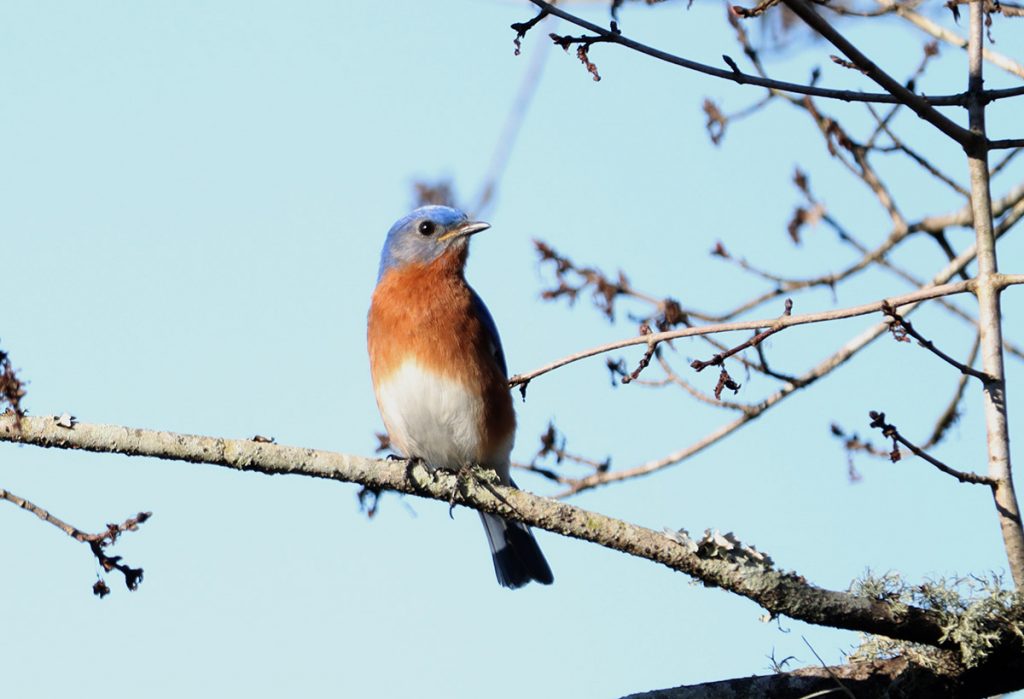- March 27, 2021. You can sign up for one of two one-hour shifts, at 10 am and 11 am.
- Lake Elberta Park: 594 N Lake Bradford Rd, Tallahassee Fl 32304
- Due to COVID restrictions, the City of Tallahassee asks that we limit volunteers to 15 at a time. To ensure that we comply, we ask that participants register ahead of time for one of two shifts.
- We ask that all volunteers wear masks, and encourage volunteers to bring water bottles.
- Wear close toed shoes; the lake edge can be mucky.
- Trash bags, gloves, safety vests, and trash picker-uppers provided.
Join Apalachee Audubon for a cleanup of Lake Elberta Park. Located between FSU and FAMU, the park serves students and the local community alike. And it just so happens that it’s one of Tallahassee’s top birding hotspots, attracting migratory birds year-round. However, as a retention pond in an urbanized area, it receives a lot of trash.
Help us clean up this Tallahassee gem, both for the wildlife and for the communities that use it!
Lake Elberta Park only has a six-spot parking lot available, but the former Church’s Chicken parking lot, located next to Lake Elberta, available as well. Additionally, the park is accessible by the FAMU Way bike trail, and is close to FSU and FAMU- so if you are able to, please walk, bike, or carpool!

Purple martins are one of the many migratory birds that make use of the Lake Elberta Habitat. The birds fly from South America to nest in our area during the spring and summer. They’ve done so at Lake Elberta since Apalachee Audubon installed nesting gourds in 2019.
Purple martins returned to the park in February of 2021.



